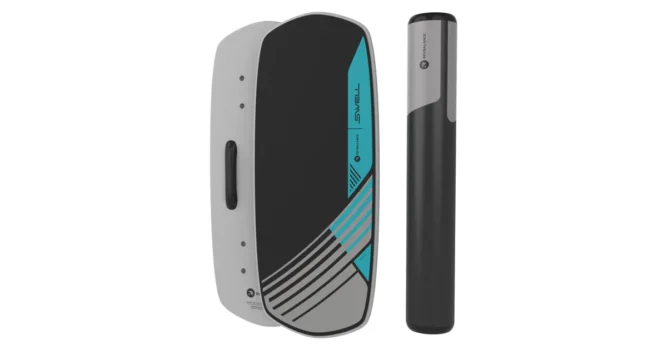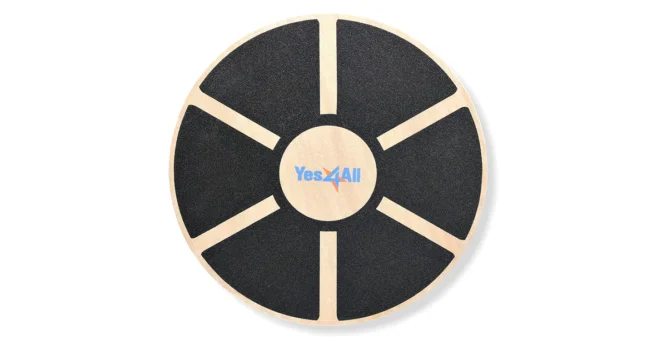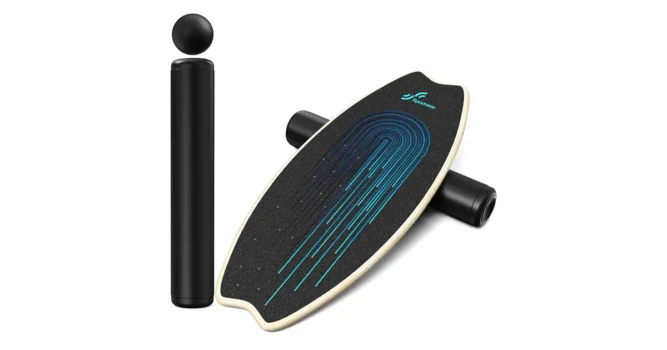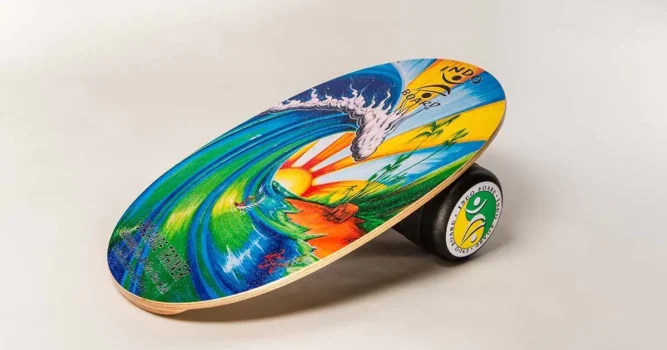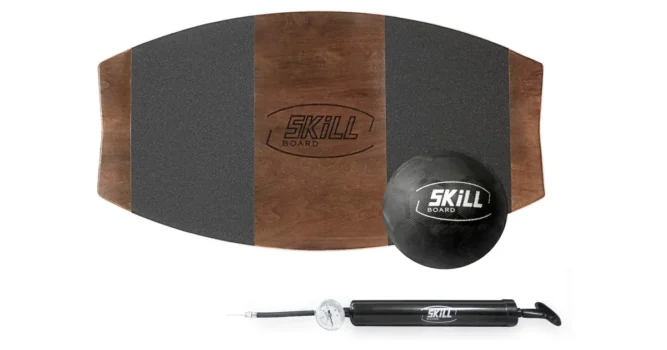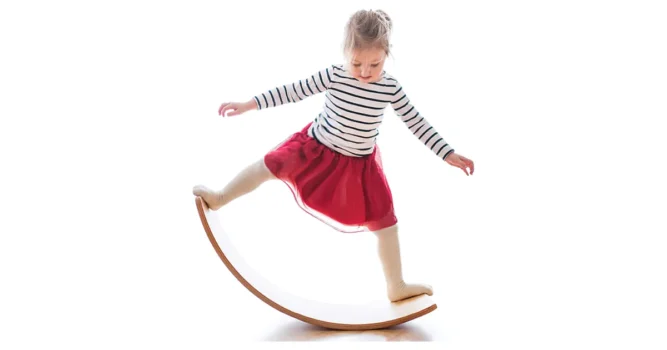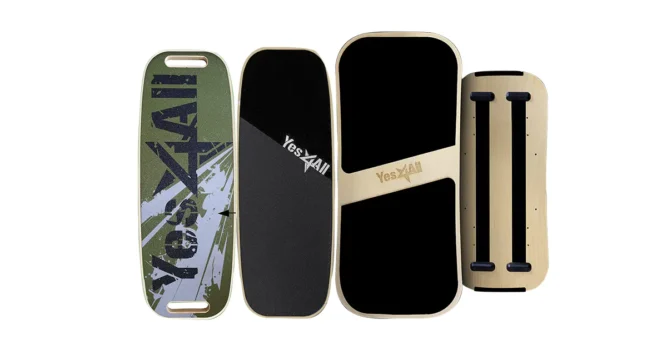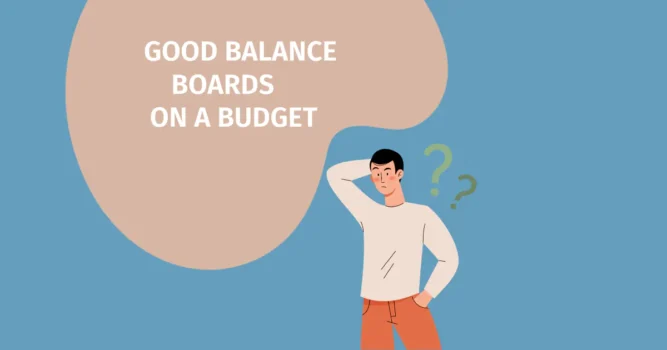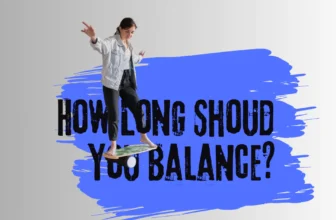Dude, let me tell you, surfing is one gnarly sport! It’s a challenging blend of physical and mental demands, requiring a surfer to have top-notch balance, coordination, and strength. But, like any rad pursuit, finding ways to improve and refine your skills is essential even when you’re not riding the waves. Enter the world of balance boards! They’re an excellent tool for keeping your game tight when you’re on land, getting ready for your next surf session.
Introduction
Surfing is an adrenaline-fueled sport requiring strong wave behavior knowledge and a decent physical and mental fitness foundation. From mastering the art of catching waves to carving graceful lines, surfing demands that we use our entire body. Balancing on a moving surface while maintaining control and speed is critical. It’s not just about looking cool, though; having a solid foundation in balance, coordination, and strength helps prevent injuries and ensures you have a killer time in the water. That’s where balance boards come in handy. These fantastic tools allow you to improve your surfing skills on land so you’re prepared to conquer the ocean like a pro.

Benefits of using balance boards for surfing
Now that we’ve established why surfing is so demanding and that balance boards can help, let’s dive deeper into the benefits of incorporating balance boards into your surfing training:
- Improved balance and coordination: Balance boards challenge your body to maintain equilibrium while performing various movements, which in turn helps to improve your overall balance and coordination. By simulating the unstable surface of a surfboard, balance boards help you develop the necessary muscle memory and proprioception to master the art of surfing.
- Increased strength and stability: Using a balance board not only improves balance and coordination but also strengthens the muscles in your legs, core, and upper body. As you stabilize yourself on the board, you’ll engage muscle groups you don’t typically use, and by training those muscles, you’ll increase strength and stability. This newfound power will translate into more control and confidence in the water, helping you catch bigger waves and perform more advanced maneuvers.
- Enhanced board control and maneuverability: Balance boards are an excellent tool for developing the fine motor skills needed for precise board control and maneuverability. Regularly practicing on a balance board will improve your ability to shift your weight and make micro-adjustments on your surfboard. This newfound control will allow you to perform more advanced tricks and carve easily, ultimately leading to a more enjoyable surfing experience.
So, incorporating balance boards into your surfing training not only improves your balance, coordination, and strength but also enhances your board control and maneuverability, making you a more proficient and confident surfer.
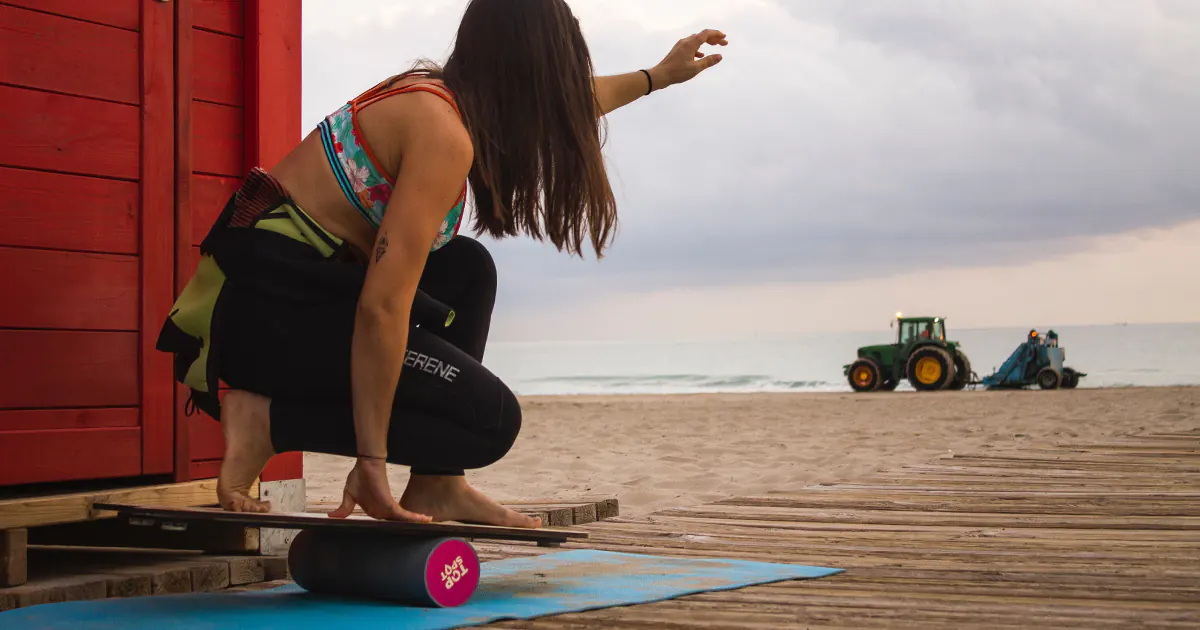
Drawbacks of balance boards
While balance boards offer many benefits for surfers, there are a few drawbacks to consider as well. Being aware of these potential issues will help you make the most of your balance board training while minimizing any potential downsides:
- The potential for injury if not used correctly or if the user exceeds their physical limits: As with any exercise equipment, improper use or pushing yourself beyond your limits can result in injury. When using a balance board, practicing proper form and gradually increasing the difficulty of your exercises is essential. Always listen to your body and stop if you experience pain or discomfort.
- The cost of purchasing a high-quality balance board: While there are budget-friendly options available, investing in a high-quality balance board can be relatively expensive. However, considering the potential benefits for your surfing skills, it may be worth the investment in the long run. To help you make an informed decision, check out our balance board reviews, where we break down the pros and cons of various options on the market, making it easier to find the perfect board for your needs.
- The limitations of using a balance board as a training tool and the need for actual surfing practice to improve overall surfing skills: While balance boards are an excellent way to help your balance, coordination, and strength, they cannot replace actual surfing practice. To become a better surfer, you’ll need to spend time in the water honing your skills and applying what you’ve learned from your balance board training.
While balance boards offer many benefits for surfers, you must be aware of their potential drawbacks. By using your balance board responsibly and combining your training with actual surfing practice, you’ll be well on your way to becoming a more skilled and confident surfer.
Types of balance boards for surfing
Now that you know the benefits and drawbacks of balance boards, it’s time to explore the different types available on the market. Understanding the various types will help you choose the right balance board to improve your surfing skills. Some of the most popular types include wobble boards, rocker boards, and surf-specific balance boards. Each type has its unique characteristics, advantages, and disadvantages:
- Wobble Boards: These boards have a spherical base that allows for multi-directional movement, offering a greater range of motion and a more challenging balance workout. They provide an excellent overall balance and coordination workout, with a particular focus on strengthening your legs and increasing the range of motion in your ankles. Improved ankle mobility can significantly help with popping up on a surfboard. Some people struggle with a limited range of motion in their ankles, making this crucial maneuver more difficult. For more details, you can read one of the most popular Yes4all Wobble Board review, where we discuss its features, benefits, and training applications.
- Rocker Boards: Rocker boards have a curved base that permits movement in a single direction (forward and backward or side to side). They provide a more controlled and less challenging workout than wobble boards, making them suitable for beginners or those focusing on specific movements.
- Rocker-roller or Rocker and Sphere Balance boards: These boards are designed to mimic the feel of a surfboard and often feature a roller or ball to create instability. They provide a more realistic surfing experience, making them ideal for surfers looking to improve their skills on land.
When selecting a balance board for surfing, consider your skill level, the specific skills you want to improve, and your budget. Wobble boards might help if you need to strengthen your legs or increase mobility. In contrast, Rocker-roller or Sphere combination will offer you the biggest balance challenge and opportunity to grow your skill. Lastly, if your main applications are to improve surfing, look for a wider and longer board to practice surfboard moves. It would be great if it also had a longer roller like the Revbalance Swell balance board.
How to use balance boards for surfing
Once you’ve chosen the right balance board, it’s time to learn how to use it effectively to improve your surfing skills. You can hone your balance, coordination, strength, and board control by incorporating various exercises into your training routine. First, find a flat, stable surface and place your balance board on it. Make sure you have enough space around you to perform the exercises safely. Start with trying to stand on a board to familiarize yourself with the sensations of balancing on the board, and gradually progress to more advanced exercises as you become more comfortable.
Balance board benefits for other sports
While balance boards are particularly beneficial for surfers, they can also help athletes in other sports improve their balance, control, and stability. Additionally, using a balance board as a cross-training tool can enhance overall athletic performance. All board sports require a strong sense of balance and coordination, and using a balance board can help improve these skills across various disciplines. Whether you’re a snowboarder, wakeboarder, skater, or longboarder, practicing on a balance board can help you develop better control, stability, and fluidity in your movements, ultimately leading to improved performance in your chosen sport.
Beyond board sports, balance boards can be an effective cross-training tool for athletes in various sports. By incorporating balance board exercises into your training routine, you can improve core strength, stability, and coordination, which are essential for sports like basketball, soccer, and even running. Additionally, balance board training can help prevent injury by strengthening the stabilizer muscles that support your joints and improving overall motor skills. So be aware that balance boards are not only beneficial for your surfing skill and will help you in various sports. Incorporating balance board training into your routine will improve your balance, control, and stability, enhancing overall athletic performance and preventing injury.
Conclusion
Balance boards offer numerous benefits for surfers, including improved balance and coordination, increased strength and stability, and enhanced board control and maneuverability. These benefits lead to better performance on a surfboard and can help with injury prevention.
Incorporating balance board training into your surfing routine is an effective way to improve your skills on land, complementing your time spent in the water. You’ll likely see significant improvements in your surfing abilities and overall performance with consistent practice and dedication.
Finally, by integrating balance boards into your surfing training, you’ll be well on your way to enhancing your skills and reaching new heights in your surfing journey. So, why wait? Grab a balance board and start practicing today!

